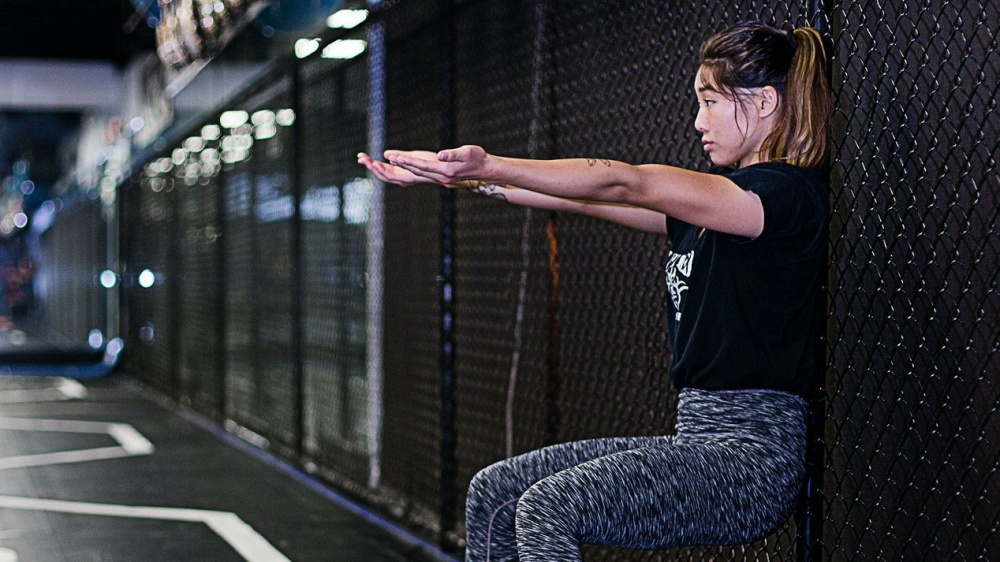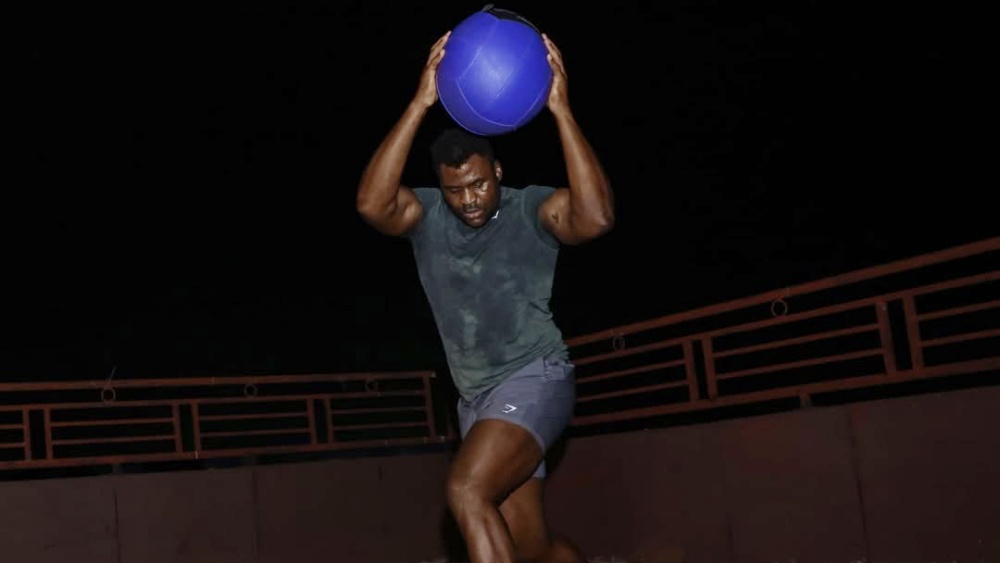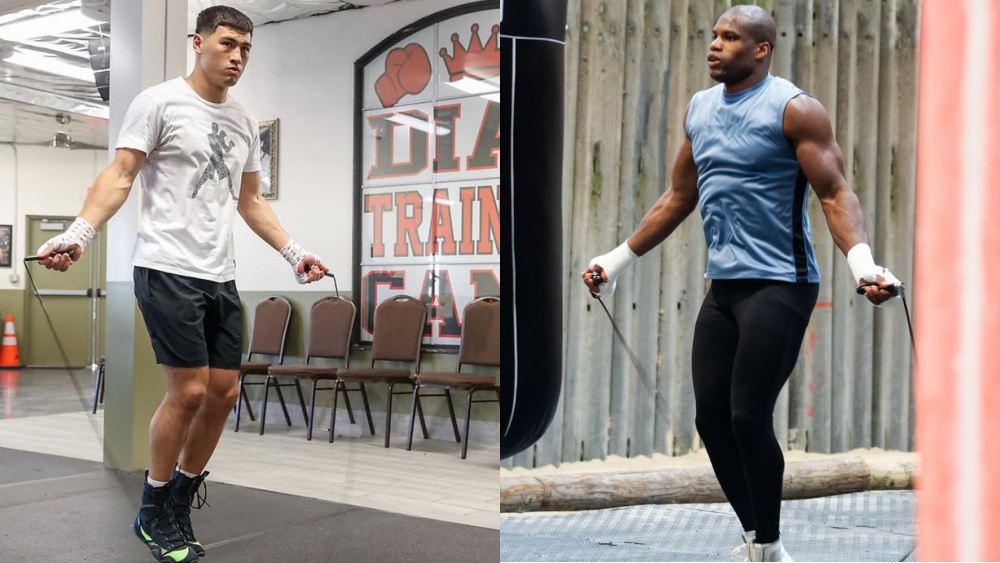Let’s describe muscle contraction in the context of exercise and other kinds of voluntary movements.
With pushups, the triceps engage and shorten as you push your body away from the floor. The name for this type of muscle movement is concentric contraction. In contrast, your triceps will tense and lengthen as you lower your body toward the floor. This type of muscle movement goes by the term eccentric contraction.
There’s a third form of muscle engagement that doesn’t involve any kind of movement. With isometric contraction, your muscles engage without any change in length. This is the type of muscle contraction you’re looking to achieve with isometric exercises.
Uses And Benefits Of Isometric Exercise
Isometric exercises require you to hold a position without moving for a stretch of time. It could be a few seconds or a few minutes, depending on how healthy and fit you are. So how does isometric exercise help your fitness regimen, health, and quality of life?
1) Address Weak Points
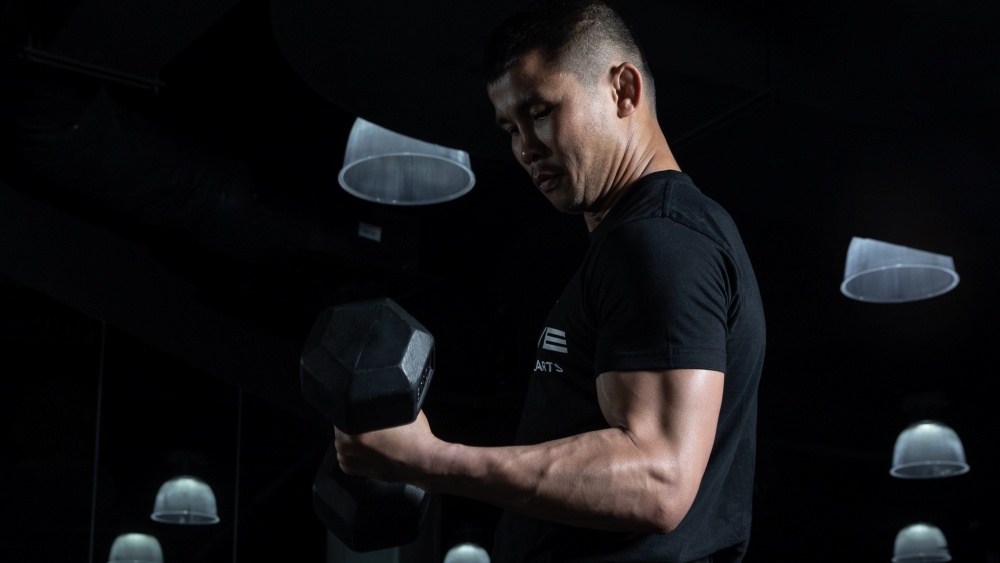
You could be having a hard time executing a specific move in an exercise. Take a weighted squat as an example. Anyone who struggles to raise themselves back to a standing position can use isometric exercise to gain muscle strength. The resulting increase in muscle endurance makes raising the body from a squatting position easier.
2) Increase In Flexibility
Some isometric exercises increase the range of motion in the muscles you target. Take the weighted squat from the previous section. Holding the low squat position while carrying a loaded barbell makes the support structures of the hips more flexible. To keep you from falling over, the muscles around the hips will increase their ability to stretch and contract.
3) Restore Joint Stability After Injury Or Illness
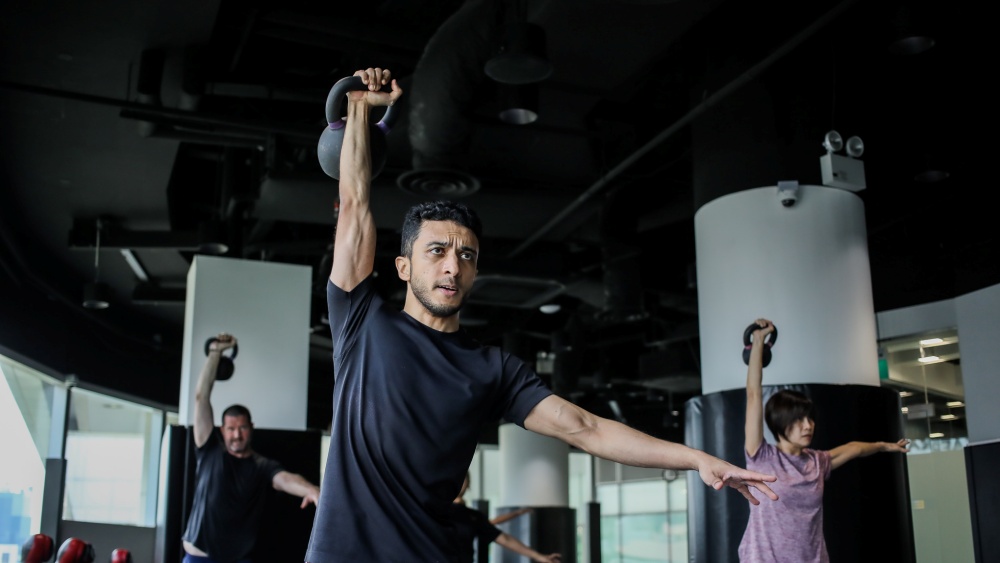
Muscles and tendons are support structures that keep the joints in position as you move. When a joint sustains an injury, the muscles that support it may change. They may weaken and stop functioning as they did before the injury.
Isometric exercise retrains these muscles without moving the joint itself, preventing pain and further injury. In the same way, the exercises allow people living with arthritis to improve the health of their joints.
This means that isometric exercises can be helpful for physiotherapy and rehabilitation. Joint stability also improves the posture of anyone who adopts static resistance exercises.
4) Pain Relief
Acute or chronic joint pain affects quality of life, but isometric exercises can help to resolve the problem. Take a case of chronic knee pain from injury or illness. A physician may recommend stationary tension exercises that contract the muscles around the knee. The resulting muscle contraction interrupts pain signals to provide quick relief.
5) Increase In Muscle Endurance
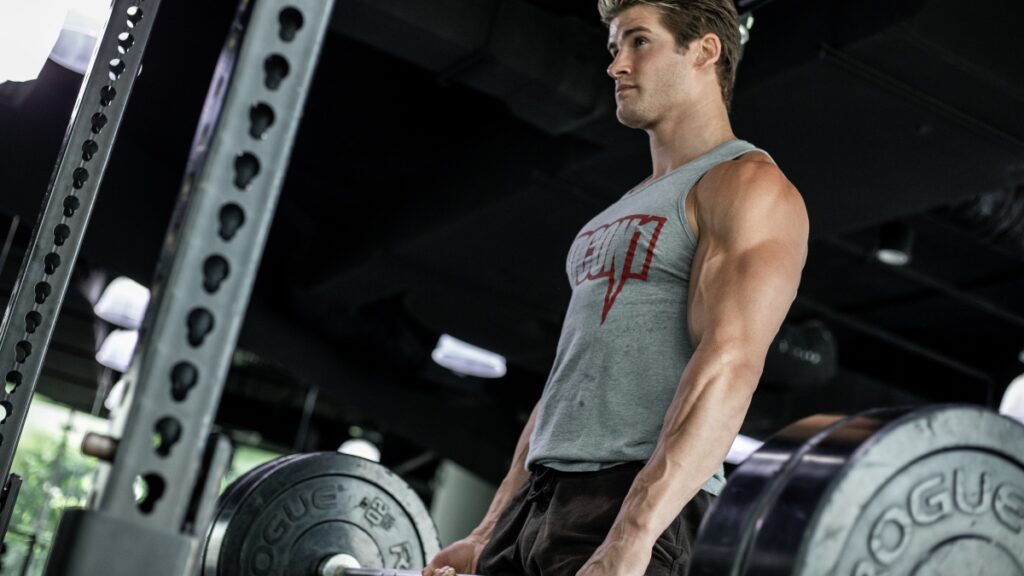
Dynamic exercises are great for building muscle mass, but isometric exercises have their uses. Static strength training increases tolerance for stress and strain, which increases muscle endurance. Holding weights in a specific position for some time gradually increases the number of ‘weightlifting‘ reps you can do.
Other static strength training exercises make it easier for you to execute workouts that you would consider challenging.
6) Isometric Exercise Is Low Impact Exercise
This is important for anyone dealing with an injury, illness, or weakness that affects the joints. Isometric exercises allow muscles to flex without aggravating the joints that these muscles support.
7) Improved Mind-Muscle Coordination
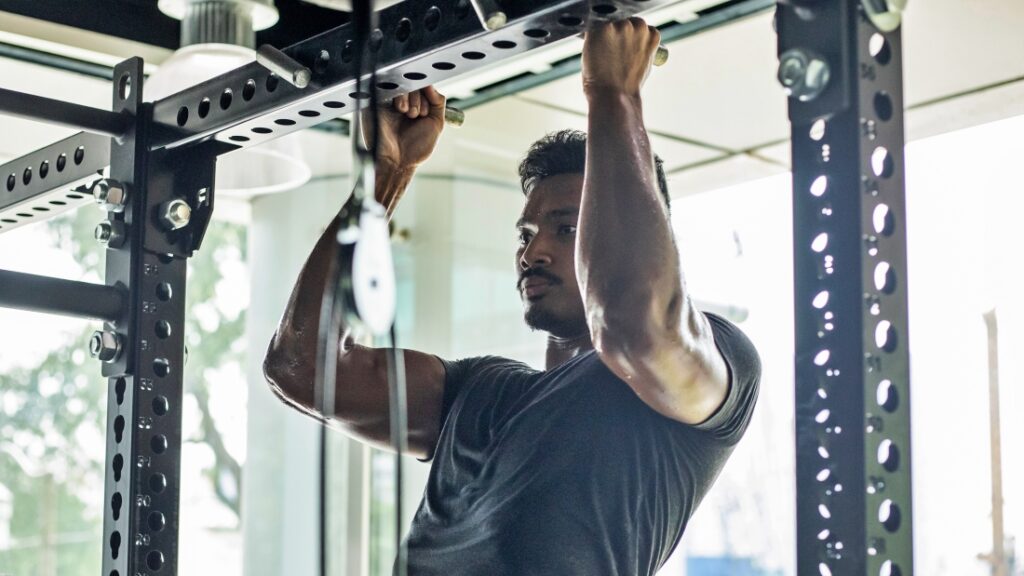
Isometric exercise activates multiple muscle fibers at the same time. Some go as far as to engage multiple muscle groups in the body. Multiple muscles and their corresponding motor neurons will coordinate to support muscle contraction in a specific muscle group.
Regular isometric exercise trains the brain, nerves, and different muscle groups to work as a unit.
8) Static Exercises Make Your Fitness Journey More Effective
Making isometric exercises part of your workouts and fitness regimen has the following benefits:
- Static exercises improve your posture, which improves your form.
- They build muscle endurance, which increases the length and intensity of your workouts.
- Isometric exercises add variety, making workouts more interesting for both the mind and body.
This type of exercise requires little in the way of equipment, and your body weight is often all that you need. The convenience means that you can perform static exercises at the gym, at home, or work.
Isometric Exercise Is Not For Everyone
It’s a good idea to get a doctor’s input before you take up static strength training. Doctors will give the go-ahead for isometric exercises for patients who are free of the following risk factors:
- An injury that could worsen with isometric exercise.
- Hypertension or cardiovascular disease.
- Arthritis that could worsen with isometric exercise.
- Conditions of the muscles or nervous systems that could worsen with static strength training.
Like all other forms of exercise, good form is vital with isometric exercise. Bad form can cause injuries, pain, and a loss of function in the muscles. It is also just as essential to avoid overdoing static strength training. Excessive holding of a static muscle contraction can cause injury and muscle weakness.
With the caveats out of the way, let’s look at different isometric exercises and what they can do for you.
Ten Isometric Exercises And What They Do
Now we go over different isometric exercises, where each exercise targets a specific group of muscles. None of the exercises involve external movements. Once you assume the position you need to hold, you remain completely still as you contract the target muscles. Here are some exercises that you can use to enrich your workouts:
This exercise derives from the pushup, and it targets the muscles in the core, chest, and arms. The steps of the plank are few and straightforward:
- Get into the plank position (low, medium, or high plank positions all work).
- For good form, your spine should be straight, your neck neutral, and your core engaged.
- Hold this position for up 10 seconds if you can maintain good form and build up from there.
Take a one-minute break and repeat the plank hold, except this time switch to a different plank position. This will make your workout more interesting for your core as well as your mind.
2) Forearm Plank
This is a variation of the plank where you use your forearms to support the body. Get in the plank position with your forearms in front of you. Push your hands against the ground and engage your core. Lastly, engage your glutes, back, and shoulders to ensure that your spine remains straight. Remain in this position for seven seconds and try for ten if possible. With time you can work your way up to 30-second planks.
Like the conventional plank, forearm planks target the core and chest. Once you master the first two planks, you can graduate to something that’s slightly more challenging.
3) Side Plank
To do the side plank, you either anchor yourself with your forearm or your hand. Get on your side and raise your body off the ground with one arm. Your legs should be stacked on top of each other, such that they touch at the ankles.
Contract your core muscles, engage your glutes and raise your free hand to the sky. Hold this position in perfect form for seven to ten seconds. The side planks target the chest, core, and oblique muscles.
4) Wall Sits
This exercise targets the leg muscles, specifically the muscles at the front of the thighs. The wall sit also works the glutes, lower back, and core to a lesser extent.
Stand against a wall for support and lower yourself towards the floor. Stop when your thighs and lower legs form a 90-degree angle at the knees. At this point, you should look like you’re sitting on an imaginary chair. Engage your glutes and core before holding this position for 10 seconds. If you can, stay put for 20 or 30 seconds.
Wall sits make it easier for your leg muscles to do explosive motions when you need to jump, kick or run.
5) Hip Extension
The exercise works muscles in the glutes, lower back, and legs. Stand in front of a steady piece of furniture and make sure to have leg room behind you. Brace yourself by grabbing the furniture with your hands shoulder-width apart.
Now bend forward at the waist and extend one leg behind you, such that it forms a straight line with your back. Hold this position for anywhere between 10 and 30 seconds. Keep your spine straight by engaging your core and glutes.
6) Isometric Back Squat
Regular squats require you to raise and lower the weight of a barbell with each rep. You can convert this particular squat into an isometric exercise by doing the following:
- Load a barbell with weights that you can manage to hold up.
- Put the barbell across the back of your shoulders and stand with your feet at shoulder width.
- Lower yourself into a squat position that you’re comfortable with.
- Hold the squat position for 10 seconds and raise your body back to the starting position.
The lower your squat, the more work you have to do to raise your body after the 10 seconds are over. Start with a shallow squat and allow your muscles to gain the strength they need to execute deeper squats.
Isometric back squats target the thighs, calves, and back. The core and glute muscles also get a workout to a lesser extent.
7) Isometric Free Squat
All you need for this exercise is your body weight and a sense of balance. Lower yourself into a squat position, where your thighs are parallel to the floor. Now extend your arms before you to provide balance and make the exercise a little more challenging.
Hold the squat position for 10 to 60 seconds, depending on your fitness level. This exercise targets the glutes, the leg muscles, and the core.
8) Dead Hang
The dead hang is a simple exercise that targets the arms and shoulders. This exercise conditions the upper body and makes it easier for you to execute the humble pull-up.
To do the dead hang, grab a pull-up bar with your hands shoulder-width apart. Cross your feet and lift them off the ground so that your body is hanging. Hold the dead hang position for a full minute if you can.
9) Isometric Bench Press
This static strength training exercise increases the endurance of most upper body muscle groups. Your starting position should be on a weight bench, with a loaded barbell right above you.
Grip the barbell with your hands at shoulder-width and lift it off its resting place. Lower the weight to your chest, engage your core, and lift the barbell above your head. At this point, your arms should be straight. Keep your core engaged as you hold this position for ten seconds.
You should work your way up to heavier weights and longer hold times.
10) Pull-Up Hold
This strength-training exercise conditions the upper body by working the chest, arms, shoulders, back, and core. You need to be in good shape to pull off the pull-up hold because the exercise involves actual pull-ups.
Start by gripping a pull-up bar with your hands at shoulder width. Now contract your arm, chest, shoulder, and core muscles before doing a pull-up. Clear the bar with your chest and hold this position. You will need to squeeze your shoulder blades together to maintain the pull-up hold.
Try to extend your pull-up hold time to two minutes, but only if you are fit enough. Otherwise, start with a hold time of 10 seconds and go from there.
Static Strength Training Could Be The Missing Piece In Your Workouts
Use this guide to isometric exercise to create workouts that are beneficial to your larger fitness goals. You can get input from a trainer or a physician if you need to. With guidance and good form, the effects of static strength training will soon start to show.
You may also like:
